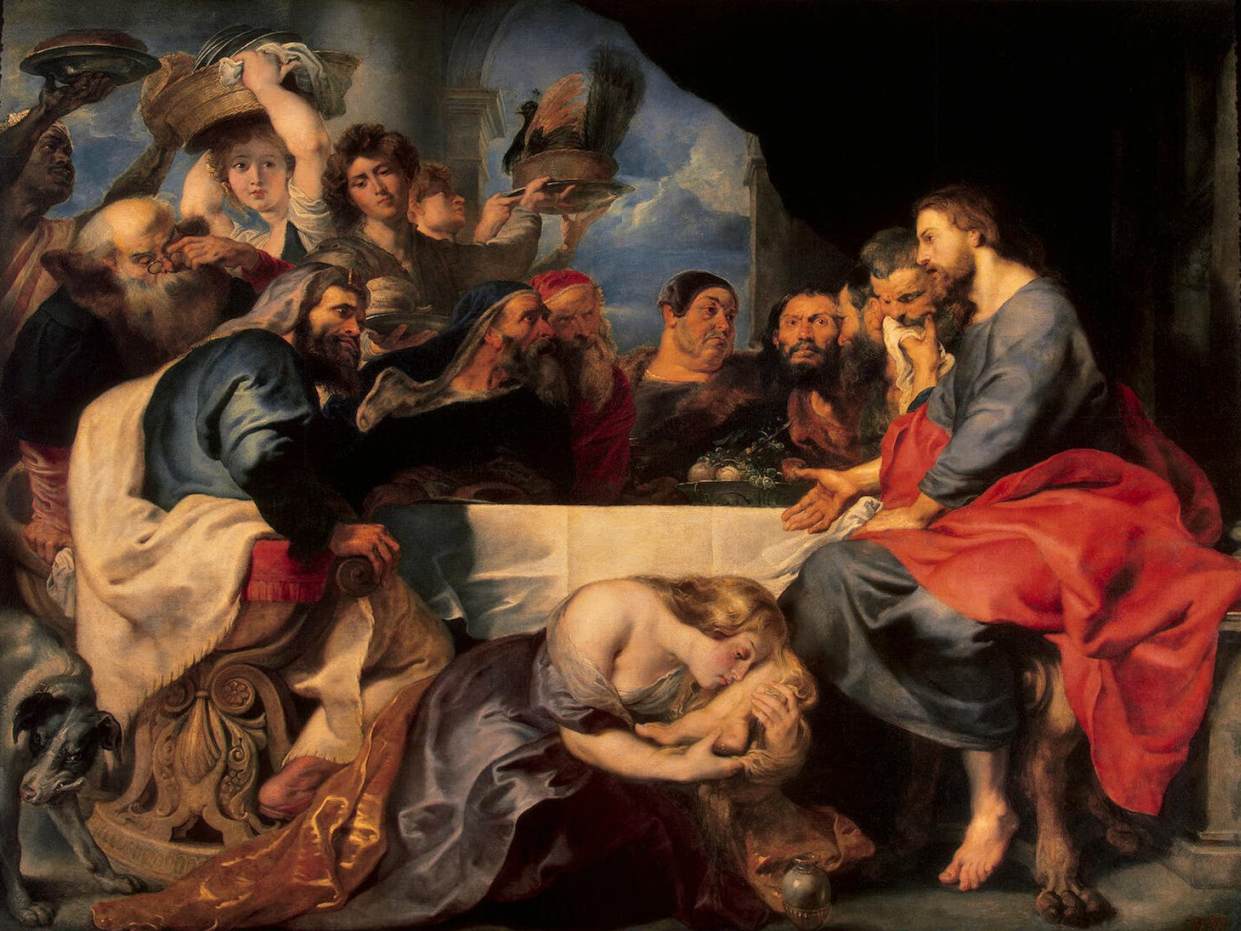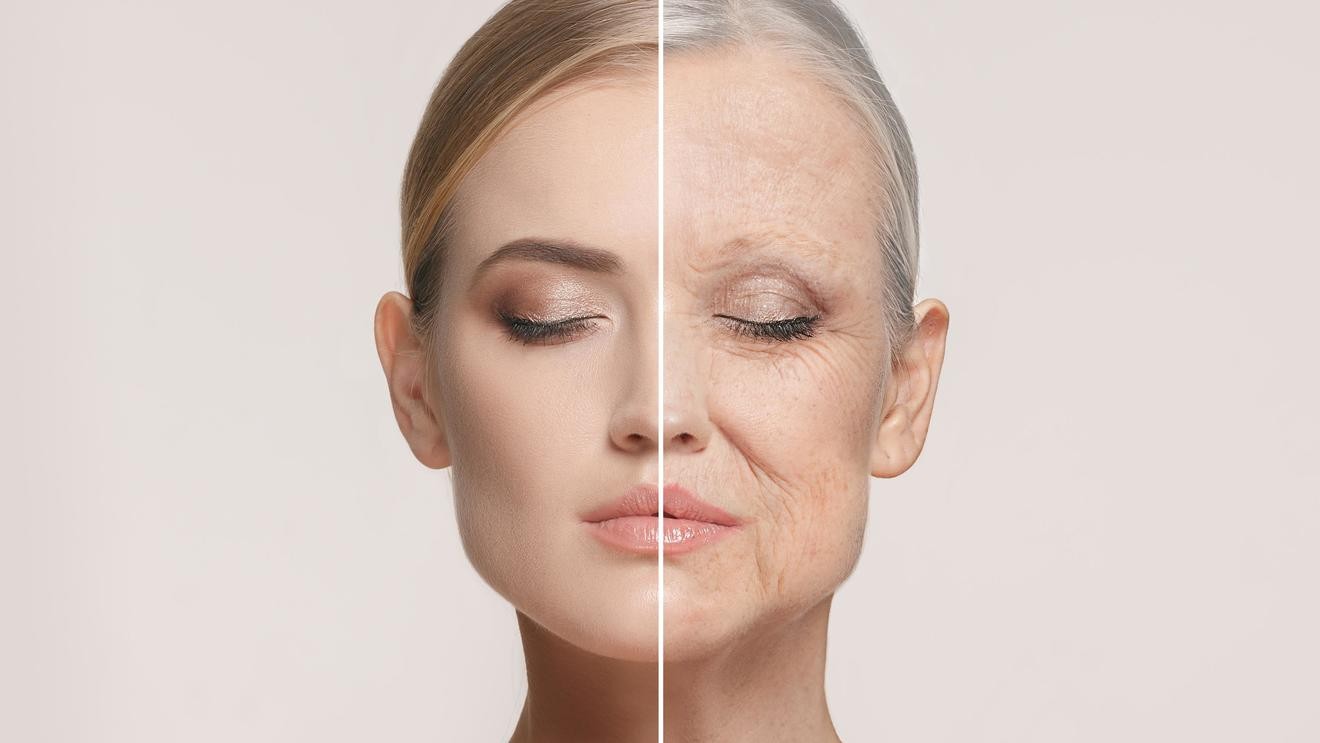
Why did Mary break the alabaster jar?
For centuries, spikenard has been used for religious, beauty, and health purposes.
While perhaps not as well-known as other oils like lavender and frankincense, spikenard anointing oil is a historical medicinal tool that’s touted as having both anti-inflammatory and antibacterial properties.
With both an earthy and musky scent, spikenard essential oil is also a highly prized perfume.
While spikenard isn’t as widely known as other popular essential oils, this plant was prized in ancient Greek, Egyptian, and Roman empires for its scent. It was also used for medicinal purposes in these ancient civilizations.
Spikenard also holds religious significance, particularly in Islam and Christianity, where spikenard flowers are still used in ceremonies.
In ancient times, spikenard was regarded as one of the most precious oils. It’s been used as a perfume, a medicine and in religious contexts across a wide territory from India to Europe.
Spikenard oil is used as herbal medicine to naturally treat insomnia, stress, digestive problems, weak immune system and infections. In Ayurvedic medicine, it’s used for a range of health conditions, from sleeping disorder and depression, to chronic fatigue syndrome.
Ancient healers knew that this remarkable plant could be used to safely and effectively improve common health concerns.
Biblically, it’s referenced when Mary of Bethany spent a year’s worth of wages to buy this oil and anoint Jesus’ feet before the Last Supper.
In all four of the Gospels we are told how Mary, the sister of Lazarus, came to Jesus and broke a small vessel of perfume over the head of Jesus to anoint him with oil. The Greek term used here is alabastrorn. These vessels are common finds across the Mediterranean. As the name suggests, they originally were made of alabaster but over time they began to be made of glass and ceramic as well.
We read that she broke the alabastron and poured the anointing oil on Jesus’ head and feet. Jesus then says something enigmatic; He says that she did what she could and that she had come beforehand to anoint His body for burial. In the ancient Mediterranean world alabastron were widely used in burial ceremonies. Frequently, the alabastron would be ceremoniously broken and placed in the tomb with the deceased. She did what she could to prepare Jesus for His burial!
While he was in Bethany, reclining at the table in the home of Simon the Leper, a woman came with an alabaster jar of very expensive perfume, made of pure nard. She broke the jar and poured the perfume on his head. (Mark 14:3)
The precious spikenard that she poured over Him often lingered for several days in people’s hair. Two days after she anointed Him, His passion week began. During His last day on earth, her gift accompanied Him. From the moment of His arrest, to His trial and crucifixion, her gift lingered in the air about Him. Even when He was stripped and beaten, with everything removed from Him, her gift of perfume stayed. I believe that is why He said that “Wheresoever this gospel shall be preached throughout the whole world, this also that she hath done shall be spoken of for a memorial of her.” What Christian would not want to accompany Jesus during these events? To witness the sacrifice of our Savior for us? She did not get to accompany her Savior through those moments, but her gift to Him did.


1 comment
Very deep revelation am blessed
Chinyanta Stephen ilunga
Leave a comment
This site is protected by hCaptcha and the hCaptcha Privacy Policy and Terms of Service apply.